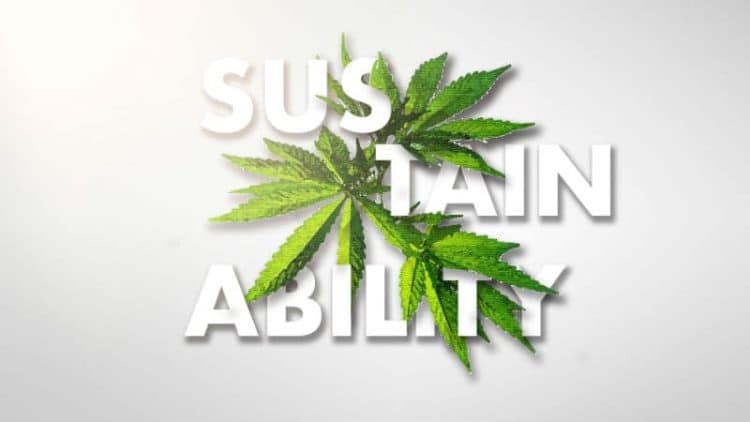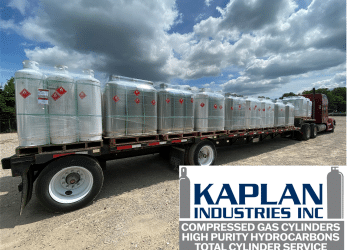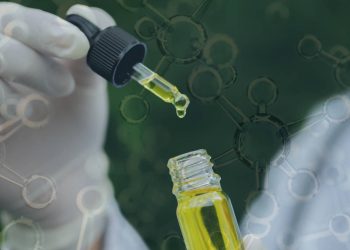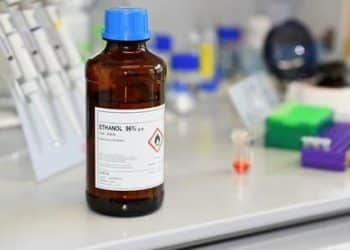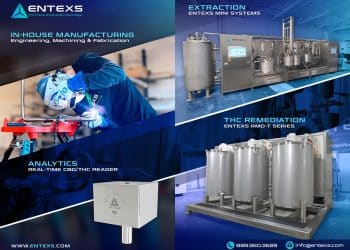Wisdom from Industry Veteran Bryce Berryessa
Sustainability may come to define the 21st century. It challenges us to meet present needs without compromising future generations. It pushes us to preserve ecological balance. It inspires us to achieve harmony with the natural world.
In the cannabis industry, sustainability is a complex conundrum.
Bryce Berryessa, founder of Treehouse, Waxman Concentrates, Hashman Infused, and La Vida Verde, has demonstrated commitment to sustainable practices over the last 13 years. He shared his insights on cannabis sustainability, present and future.
Consumer health and good business are fundamental for industry sustainability.
Regulation and testing requirements attempt to balance both. California enacted phase III testing requirements on December 31, 2018. All cannabis products must now undergo batch-testing for a wide range of potential hazards, including pesticides, microbes, and heavy metals.
“It’s good on one hand because we want to create products that are safe and not cause detrimental health,” said Berryessa. “It’s challenging on the other hand because the cannabis industry, especially in California, is held to a higher standard than any agriculture, food, pharmaceutical, or manufacturing industry. We have to use components from all of those industries in our products. It makes it a tricky puzzle to piece together.”
Berryessa has wrestled not with cannabis, but with strawberry and vanilla extract. Ancillary edible ingredients – including organic strawberries – often cause test failure since cannabis safety is now more stringent than food safety. The new requirements have echoed through the supply chain. “Testing costs have gone through the roof. We’re having to test every individual ingredient we use besides cannabis.”
Vape cartridges present another game-changing challenge. Concentrates are the fastest-growing segment in California and have eclipsed flower. [1] But Berryessa confessed that domestic producers of vape cartridges are non-existent. “It’s really challenging to have full transparency in your supply chain when dealing with companies in China. Trying to ensure every component is free of heavy metals at all times is next to impossible. We find out when we have our products fail and have to destroy product that would otherwise be safe.”
Heavy metals do seep from vape cartridges, and analysts have discovered lead in cartridges sold at California dispensaries. [2] Berryessa points to high terpene content as the domestic variable. The volatile yet beneficial compounds may pull heavy metals from cartridge components. “Some of the higher concentrate cartridges and oil blends that have a high volume of terpenes are probably going to slowly disappear from the market because it’s likely that there will be a correlation between high terpene oils and failure rates… they are impact dissolvent.” This dissolvent effect appears stronger with time, and rapid market availability is a current short-term strategy.
Despite the setbacks, Berryessa is confident that regulation is good for the sustainability of the industry. “A lot of people didn’t realize that for the last decade in California, [medicinal cannabis] was laden with pesticides, plant growth regulators, and all sorts of contaminants. For the most part, the industry did a really good job of shifting over.”
The way forward is not backward. New technology can serve sustainability.
Indoor cannabis cultivation, in particular, must maximize efficiency to control costs. Cultivators are investing in monitors for all growth parameters, including uptake of CO2, responsiveness to the photoperiod, and humidity in leaves. Companies now use artificial intelligence, virtual reality, and plant sensors. As such technologies proliferate, they become more affordable.
Berryessa believes the cannabis industry is pioneering a new wave of technological sustainability. “Innovations being marketed to our industry are going to spill over into agriculture and hopefully allow for food production and other commodities to grow in a much more sustainable and efficient manner. Cannabis is spurring this technology revolution in general agriculture which is a huge benefit.”
On the extraction side, Berryessa points to environmentally-friendly innovations like rosin. Required testing for solvents also pushes processes in the right direction.
Indoor cannabis is aesthetically pleasing, but outdoor cannabis is sustainable.
Consumer demand favors indoor cultivation, which requires significant resources and electricity. Berryessa served as a design consultant for indoor cultivators across North America. But he draws a hard line. “No matter how you look at it, indoor is not a sustainable method of cultivation when our power relies on fossil fuels.”
His position is clear. Sun-grown cannabis is higher in terpenes and flavonoids. The taste and aroma are often superior. The production costs are lower. The exponential growth of concentrates (especially vaporizers) makes the aesthetics of indoor flowers irrelevant. California’s strict energy efficiency requirements (zero net energy) for commercial construction by 2030 make this position even more convincing. [3]
Berryessa believes that “[sun-grown] will be the predominant way that cannabis is cultivated in the States and in the world. The misnomer of the indoor looking pretty is going to go away as things move toward an extracted form.”
Organic agriculture is the future of environmental and human safety.
Organic cultivation abstains from artificial pesticides and fertilizers. Berryessa founded the nation’s first Enviroganic-certified farm, and his current company, La Vida Verde, incorporates 100% organic ingredients in edibles. For those interested in organic cultivation, he recommends the classic two-forked road: education and experience.
“Studying agriculture, cultivation, farm management, microbiology, things like that, will get you a leg up. If you have the ability to work for a company that is involved in cannabis cultivation, then experience is a big factor in just getting your feet on the ground level. Try to understand and absorb as much as you can. There are lots of opportunities out there, and it’s an ever-growing market.”
Don’t underestimate patient advocacy.
Cannabis is a powerful and safe plant. Without advocacy, it could not have escaped the confines of absolute illegality. Without advocacy, the thick veil of propaganda, fear, and misunderstanding could not have been pierced. Without advocacy, there could be no discussion of sustainability. What does it mean to be an advocate?
“Being a patient advocate is to clearly communicate a message that cannabis is a human right. It is a plant that has many different abilities and chemical components that can increase the quality of people’s lives, and the fact that it is restricted and outlawed in so many parts of the States and the world is a great injustice to humanity. Without the health of our planet and our communities, we have nothing.”
Sustainability is neither a fad nor a holy grail.
It is a pressing reality. Cultivators, extractors, and manufacturers must drive the industry into groundbreaking territory. Sustainability demands organic and safe cannabis, extraction with environmentally-friendly techniques, and cultivation with minimal resources.
Bryce Berryessa, renowned leader across cultivation, extraction, and retail sectors, leaves us with words of wisdom.
“My hope is that the companies that are the most successful are the ones that value more than just profit. They value the health of their employees, they value the vibrancy of their communities, they value how they interact in the world, they value business that that is ethical and transparent. They are successful because they are embracing a new paradigm in business.
Sustainability is kind of a hot word right now, but at the end of the day, it’s how we live our lives and operate in a way that is mindful of the world around us – the planet – but also the communities and the people that we interact with everyday.”
References
- “The 2018 California Cannabis Marketplace in Review.” BDS Analytics. 18 Feb., 2019. bdsanalytics.com/the-2018-california-cannabis-marketplace-in-review/
- Downs, David. “California Cannabis Labs Are Finding Toxic Metal in Vape Carts.” Leafly, 25 Jan., 2019. www.leafly.com/news/health/california-cannabis-labs-are-finding-toxic-metal-in-vape-carts.
- “2019 Building Energy Efficiency Standards.” The California Energy Commission: Efficiency Division. Mar. 2018. https://www.energy.ca.gov/title24/2019standards/documents/2018_Title_24_2019_Building_Standards_FAQ.pdf
